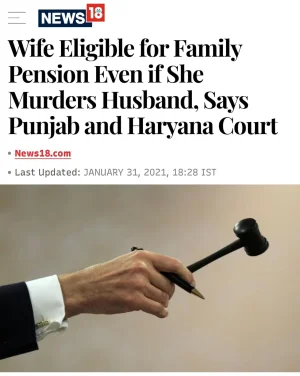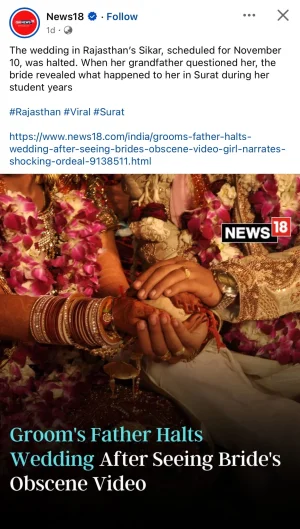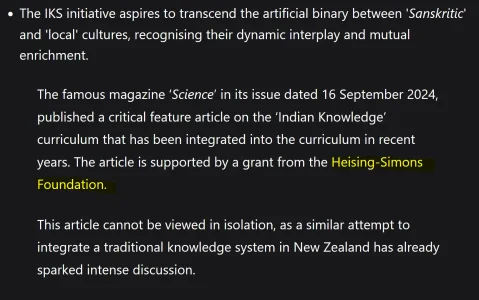- Joined
- Jul 1, 2024
- Messages
- 4,793
- Likes
- 25,168
too costly for now, hopefully it gets cheaper later.
======
Handbook of Indian History
Dr. Lavanya Vemsani

Handbook of Indian History
This comprehensive volume presents an Innovative and interdisciplinary history of India by focusing on unifying themes of history.link.springer.com

Handbook of Indian History
This book comprehensively examines the extensive history of India by focusing on the unifying themes of history. The profound analysis of special events and impactful personalities of Indian history form the core of the book. Handbook of Indian History includes articles on cultural, social, and...books.google.co.in
I've a different take on it . A lot of academia dedicated to Hindu causes believe Islam its effects & the following it commands in the sub continent are to be ignored.This book has been cancelled by white professors who are upset at Hindus telling history from their vantage point & not that of the Muslims
**
White Professors of ‘Islamic studies’ attack Hindu academic for not re-telling Indian history from Muslim perspective
'Handbook of Indian History', edited by Professor Lavanya Vemsani, contains 21 chapters and includes new groundbreaking research on Indian history
View attachment 16443
View attachment 16444
View attachment 16445
A large part of it I suspect is in reaction to the Left Liberal view of it , past & contemporary , within & without India , who've painted it in glowing terms glossing over its many excesses & the real damage it has done to the body politic of not just the land & its people but the many Indic religions it has borne .
In my view this is an extremely myopic view . Instead these historians can quote verse & chapter from the chronicles of the many famous Islamic court historians from that era from within & outside India on the many depredations it subjected India too .
A lot of these very same Marxist historians like Irfan Habib has done some pioneering work on the economy & social conditions prevailing hete during the Mughals. It's a damning indictment of the condition of the ordinary people especially the native Hindus who were valuable to the emperor only in so far as they were productive .
Any lapses in paying taxes could & would be threatened with imprisonment , exile even death but that was the known story . This is the defence the Marxist historians make as this would be true of absolute monarchies everywhere around the world then , before &
even later in the mediaeval period.
However this is where the negationism in their whole world view & work is exposed. These same workers & peasants also had to contend with slavery & sexual slavery of the women folk & children not only in principal centers of the Mughal Empire but in the Islamic world of Central Asia & Persia . And the numbers here on a per year basis runs into the hundreds of thousands .
All these have been fairly well documented by the court historians then as well as in the extensive communication between various actors & in the records that have survived This aspect of the Mughal Empire & its predecessor has been completely suppressed .
All we need to do is expose this hypocrisy using extant works. I won't even get into Bibek Debroy's lament of millions of old manuscripts lying around neglected , untranslated & uncurated. That's a lament for another time



